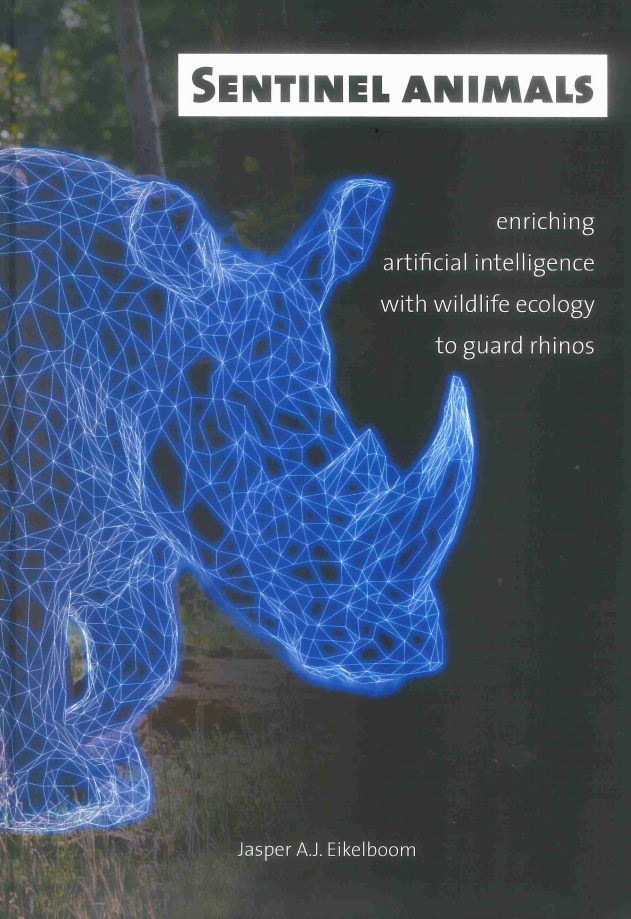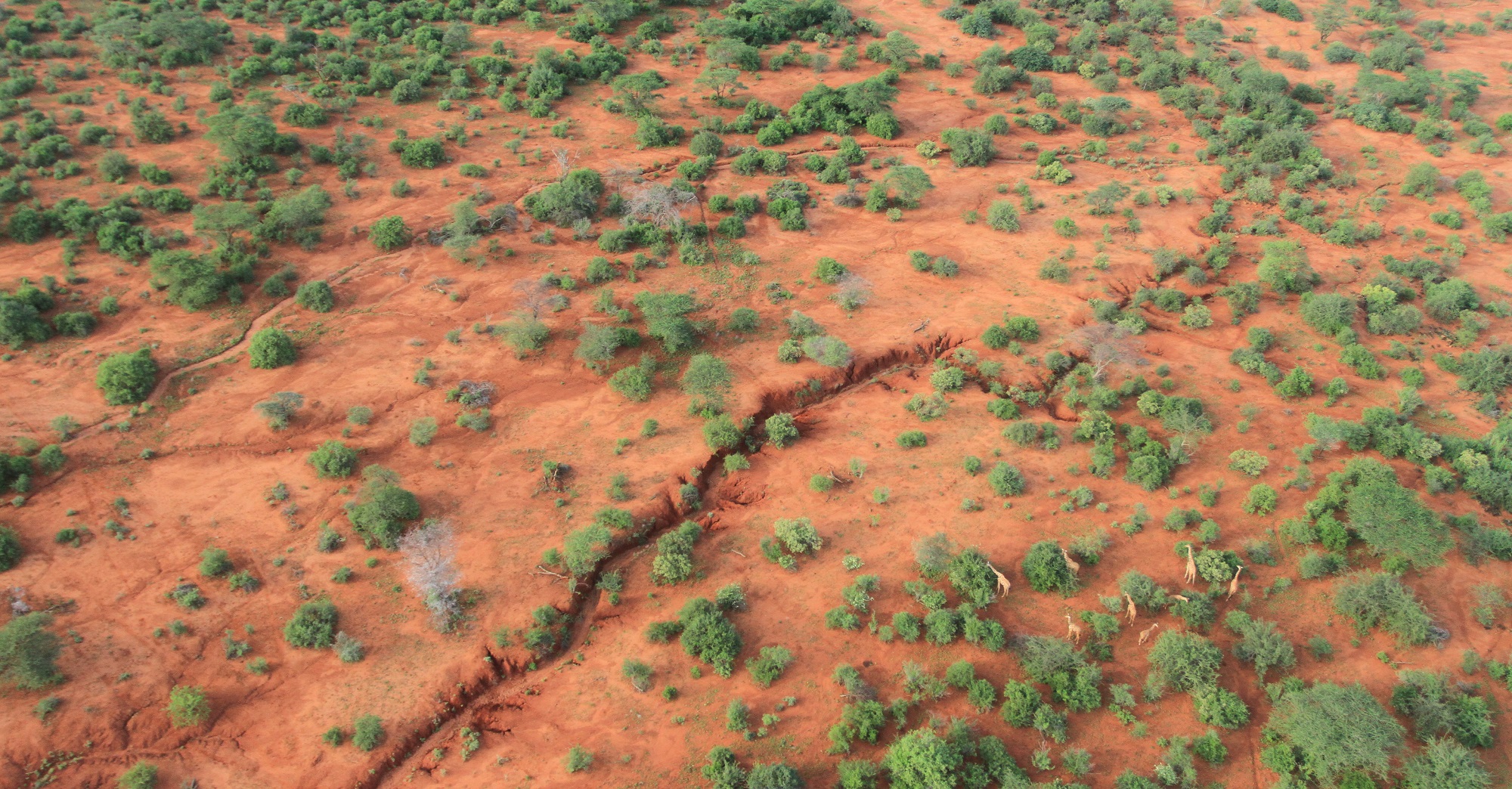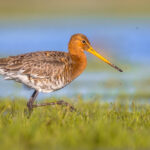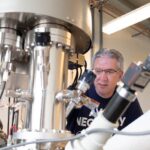This is the main conclusion of a study for which ecologist Jasper Eikelboom obtained his PhD this week. He taught the computer to identify elephants, giraffes and zebras on aerial photographs of the African plains. And, as is often the case, the computer performed just as well as, or even better than, humans. As well as tirelessly and cheaper.
Nature managers have been using aerial pictures for half a century to map wildlife populations. This is not only expensive and time-consuming; the accuracy of this method also leaves much to be desired. It would seem that this method underestimates the number of animals by as much as 80 per cent. Even when corrected for margins of error, there is still a considerable degree of uncertainty.
You feed the programme with information on what an elephant looks like. But also, on everything that is not the elephant: surroundings, vegetation, a rock
Jasper Eikelboom, researcher Wildlife Ecology & Conservation
But there is a different way. Eikelboom taught the RetinaNet computer programme to spot wildlife in photographs. To this end, he fed it hundreds of aerial photos taken over two game parks in Kenya into the software. Eikelboom: ‘You feed the programme with information on what an elephant looks like. But also, on everything that is not the elephant: surroundings, vegetation, a rock.’

The rule is: the more images, the better. ‘The programme must learn to recognise a huge range of variations. Lighting, the background, the angle at which the picture was taken, the time of day and its effect on shadows’, Eikelboom explains. All of this costs a great deal of processing power. ‘This is not something you can do on your average laptop.’
The algorithm learned fast. When tested, the programme eventually saw over 90 per cent of the elephants, giraffes and zebras spotted by humans. Humans see more. But the computer also identified animals that human eyes have overlooked, raising the percentage of animals seen to about 95%, says Eikelboom.
Although its precision is slightly lower than that of humans, the computer still wins. In the first place because it is much faster. The computer scans a 15-megapixel photograph in 1-2 seconds, regardless of the number of animals featured in the image.
Tireless
Moreover, the computer can work tirelessly and is much cheaper. According to Eikelboom’s calculations, a computer can map up to ten times the area a human can map at the same cost. This provides a much more accurate estimate of the population of animals in a given area, especially if the images on which humans have not been able to identify any animals are included.
The counting programme is part of the dissertation ‘Sentinel Animals’. In this document, Jasper Eikelboom describes how poachers can be identified by observing the (fleeing) behaviour of antelope. An article on this research was previously published in Resource.

 Photo Jasper Eikelboom
Photo Jasper Eikelboom


